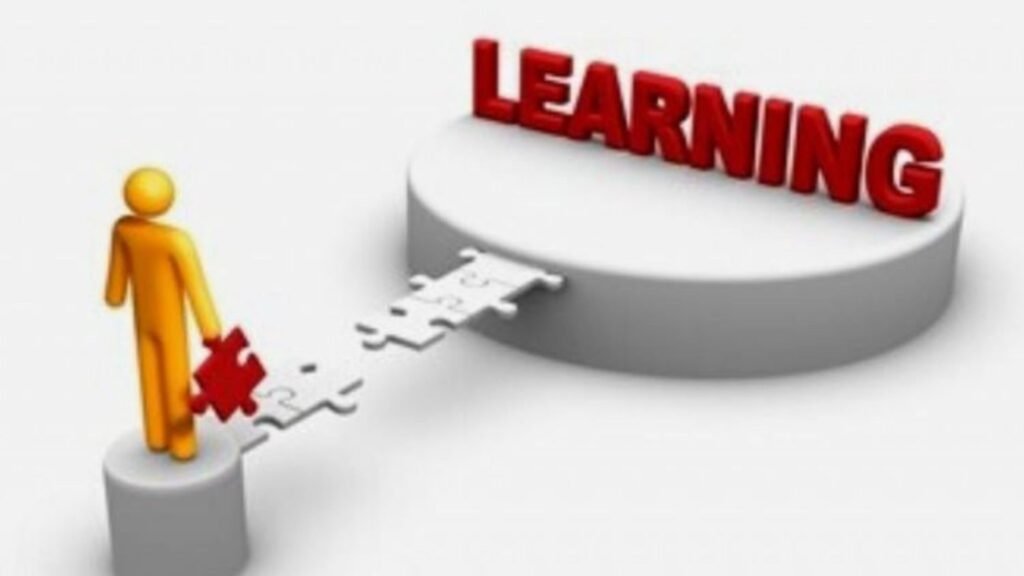Bridging the educational gap with tutoring has become increasingly important in today’s diverse learning environments. Whether caused by disparities in classroom instruction, missed school days, or individual learning challenges, educational gaps can hinder a student’s academic success. Tutoring offers a personalized solution to close these gaps and provide students with the tools they need to thrive. Below, we explore how tutoring bridges the educational gap and ensures students remain on track for success.

1. Personalized Learning for Individual Needs
Bridging the educational gap with tutoring starts with personalized learning. In traditional classroom settings, teachers often face the challenge of meeting the needs of many students at once, leaving some students struggling to keep up. Tutoring addresses this issue by offering one-on-one or small-group support that tailors instruction to each student’s unique learning style and pace.
Tutors can identify specific areas where students may be falling behind, whether it’s a fundamental concept or a more advanced skill. With focused attention, students receive targeted help that addresses their gaps directly, allowing them to build a stronger academic foundation and stay in line with their peers.
2. Improving Academic Performance
One of the most significant benefits of bridging the educational gap with tutoring is its direct impact on academic performance. Students who participate in tutoring typically experience improved grades, a deeper understanding of course material, and an increase in overall engagement with their studies.
Because tutoring provides individualized attention, students gain a clearer grasp of subjects they once found difficult. This, in turn, leads to higher test scores and better performance in the classroom. Moreover, tutoring helps students develop effective study habits, organizational skills, and time management techniques, all of which contribute to long-term academic success.
3. Boosting Confidence and Motivation
Tutoring doesn’t just close the educational gap academically—it also boosts students’ confidence and motivation. Many students who struggle in school lose confidence in their ability to succeed. This lack of confidence can lead to disengagement and further academic challenges. Bridging the educational gap with tutoring gives students the opportunity to build confidence by mastering difficult subjects in a supportive and non-judgmental environment.
When students see their progress, they become more motivated to continue learning and challenging themselves. This renewed confidence encourages students to take ownership of their education, seek out help when needed, and remain resilient in the face of academic obstacles.
4. Addressing Learning Gaps Early
Bridging the educational gap with tutoring works best when it happens early. The longer a student struggles without support, the wider the educational gap can become. Early intervention through tutoring ensures that students receive the help they need before they fall too far behind. Whether in elementary, middle, or high school, early tutoring can prevent small academic struggles from becoming long-term issues.
Tutoring also allows for continuous support. Even if a student isn’t struggling significantly, ongoing tutoring can help reinforce their learning and prevent gaps from forming in the first place. Regular tutoring sessions keep students on track, ensuring they are prepared for future academic challenges and can progress confidently to the next level.
5. Fostering Lifelong Learning Skills
One of the lasting benefits of bridging the educational gap with tutoring is that it teaches students lifelong learning skills. Beyond improving academic performance, tutoring helps students develop critical thinking, problem-solving, and independent study skills that will serve them throughout their educational journeys and into adulthood.
Tutors often act as mentors, guiding students on how to approach learning challenges with a positive mindset. This mentorship helps students see learning as an ongoing process and prepares them for self-directed learning in higher education and beyond. By fostering these skills, tutoring not only closes current educational gaps but also equips students for future success.
Conclusion
In conclusion, bridging the educational support with tutoring offers a personalized and effective solution to the learning challenges many students face. Through individualized instruction, improved academic performance, and boosted confidence, tutoring plays a vital role in helping students reach their full potential. By addressing educational gaps early and teaching lifelong learning skills, tutoring sets students on a path to academic and personal success. In an ever-evolving educational landscape, tutoring remains a key tool for ensuring that every student has the support they need to thrive.

